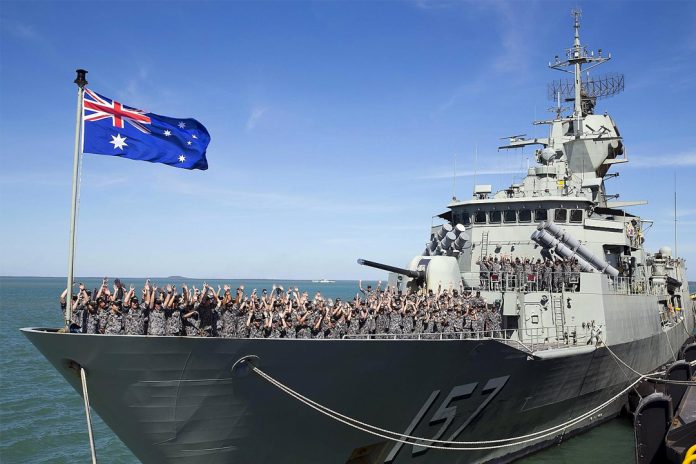Cohort company SEA is leveraging its pedigree in UK naval communications to address surface and sub-surface programmes in Australia.
SEA is retrofitting its Flexible Integrated Communications System (Flex-ICS) to existing and new build UK Royal Navy Astute-class submarines and has been tasked with extending Flex-ICS to all classes of RN submarines.
Flex-ICS is a modular, reconfigurable system utilising open interfaces and standards and uses using products that have been proven at sea by the RN.
It is a major step forward in flexibility and sustainability, allowing new communications equipment to be fitted much faster and at significantly lower cost than earlier generations. Flex-ICS can be added as part of an upgrade or as the core of a new communications system on both ships and submarines.
The system is regarded as an ideal solution for the communications requirements of the new frigate and submarine programmes in Australia.
SEA believes that its proven Flex-ICS will be an attractive option to the combat systems integrator in the project to replace the Royal Australian Navy’s Collins Class, with the new 12-boat class currently under design in France.
The system can be further enhanced by improving redundancy through the inclusion of MdN4G wireless technology, a ruggedized Long Term Evolution (LTE) small cell “network-in-a-box” that provides the connectivity needed to operate smart phone or tablet based solutions where regular networks are unavailable or unreliable. A suitable backhaul link (e.g. satellite or network) permits the system to link to standard onshore communications.
SEA Managing Director Steve Hill explained: “We are continually developing the system to ensure it can exploit new technologies and so provide system improvements and enhanced capability. Our Flex-ICS is now recognised as one of the preferred communications tools by the Royal Navy and we believe that it is also an ideal choice for requirements in export markets such as Australasia.”













